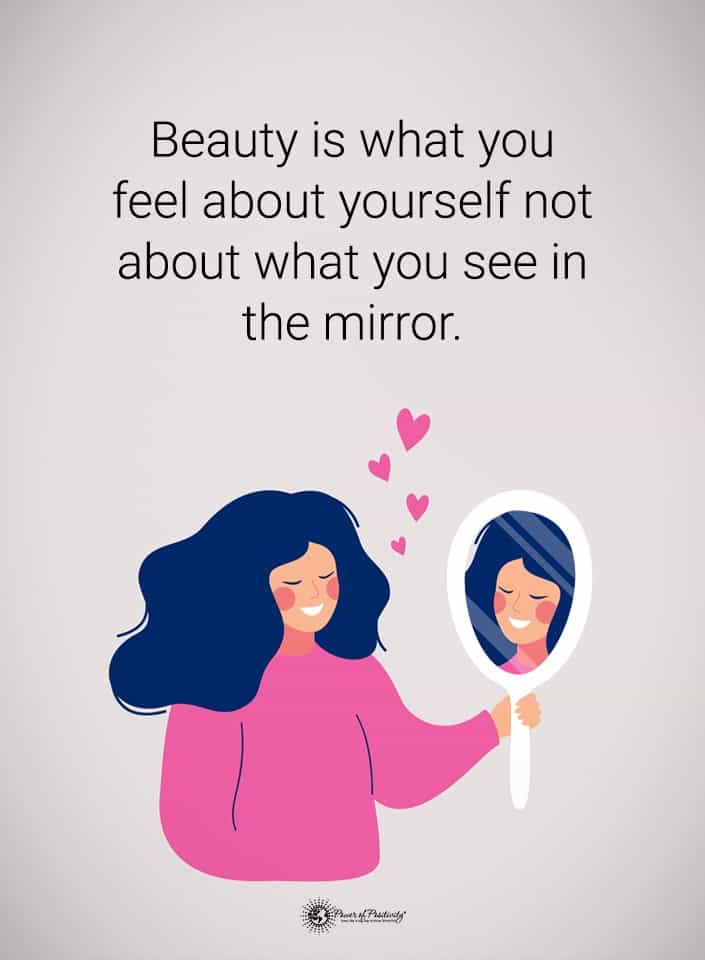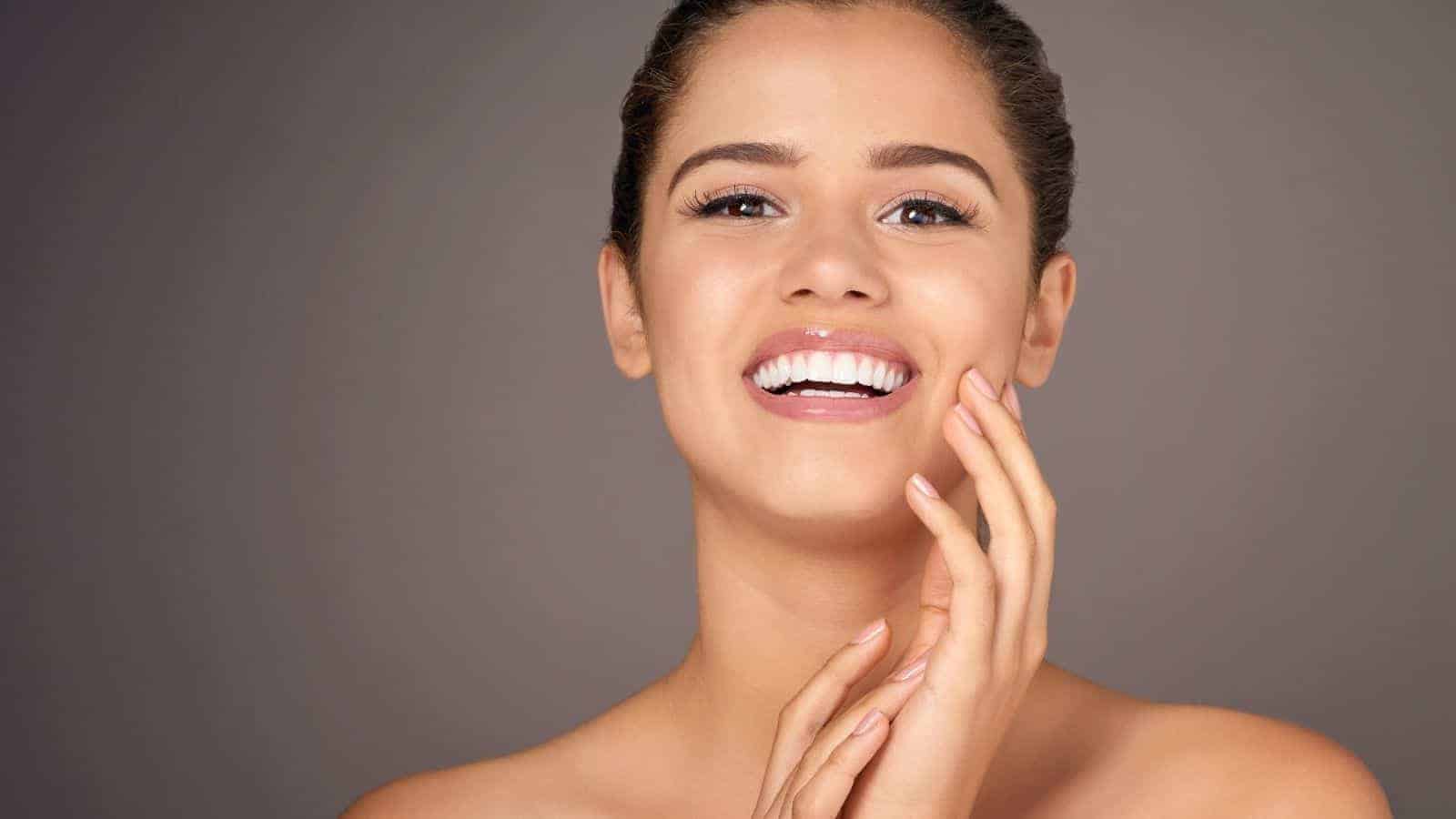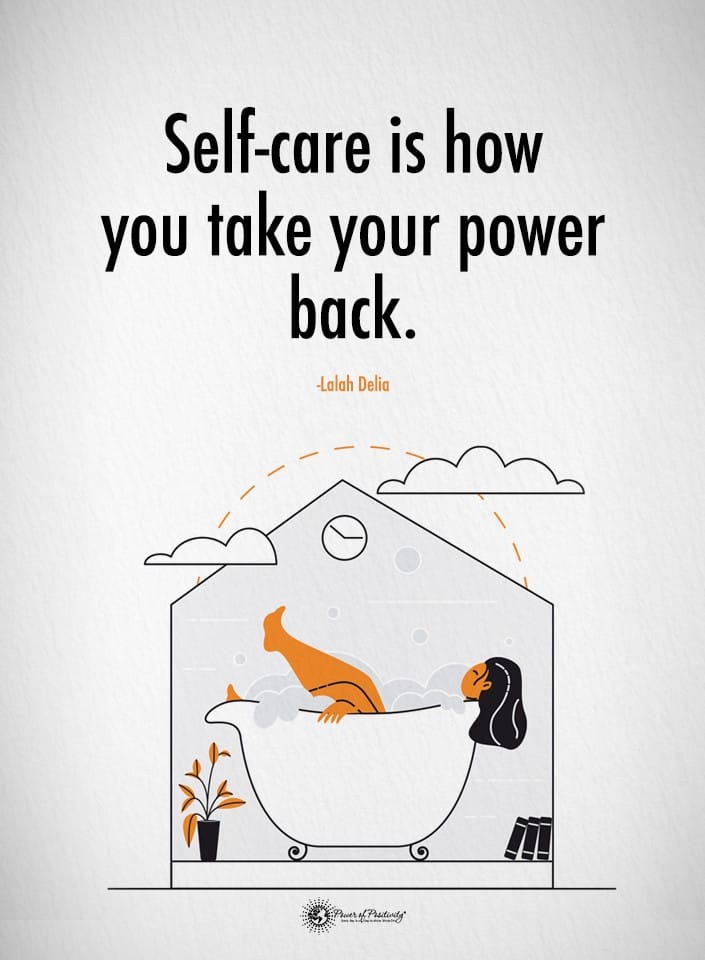Not many teens made it through high school without a few zits. Remember as a teenager waking to an inflamed pimple right on your nose or on your forehead? It was probably at the worst time, as the day of school pictures or the senior prom.
Fast-forward to the present and consider your skin as an adult. Are you still battling the same breakouts you did as a teen? You’ll be glad to know that you’re not an anomaly. A study published by the Journal of Clinical and Aesthetic Dermatology states that adult acne affects at least 15 percent of men and 80 percent of women in America.
Acne is a common skin condition. It’s caused when hair follicles become clogged by oil and dead skin cells. The results are inflamed or infected lesions called pimples or zits form.
During puberty, hormone fluctuations and excess skin oil production usually cause classic adolescent acne. While most people get blemishes on their faces, you can also get pimple breakouts on your neck, back, and shoulders.
Are You Predisposed to Breakouts
You can’t blame everything on your genetics. According to a study published by the Journal of Investigative Dermatology, researchers discovered a possible link between genetics and acne. Of the sets of twins who were studied, 81 percent of their acne issues were genetic, while 19 percent were attributed to different environmental factors, the study said.Two Types and Subdivisions of Acne
If you have breakouts as a teen, it’s called adolescent acne. However, some people get zits well into adulthood, and when these flares occur in middle age, it’s called adult acne. Statistics published by the American Academy of Dermatology Association reports that at least 50 million people in the United States are affected by acne each year.
• Noninflammatory Acne
Non-inflammatory acne is characterized by blemishes called comedones. These comedones may be open or closed, states the article. You know them as whiteheads and blackheads.
• Open comedones: When clogged small hair follicles stay dilated, the clog has a dark color because of oxidation. These are called blackheads.
•Closed comedones: Whiteheads are called closed comedones because the debris in the hair follicle is sealed. They usually have a clear, yellow tint to them.
• Inflammatory Acne
In inflammatory acne, the comedones become inflamed and infected, causing pus-filled lesions. They are the more prominent blemishes that are usually red and sore to the touch. These are usually the ones that surprise you at the worst times possible.
•Nodular acne: This is a subcategory of inflammatory acne that develops when the infected lesions get bigger and more painful.
•Cystic acne: Some people develop this most severe form of zits. Large cysts can form deep within the skin tissue that is filled with infectious fluid. They are unsightly and quite painful. If you develop nodule lesions and cystic ones, the condition is called nodulocystic acne.
It’s not unusual for people to have a combination of non-inflammatory and inflammatory acne. You can develop whiteheads, blackheads, nodes, and cysts in a simultaneous acne issue. If you don’t resist temptation and pop or pick at these, it can result in permanent scarring.
Myths About Your Zits
Remember when you were a teen, and your parents warned you to stay away from chocolate and fried foods? Many people still erroneously believe that these treats can cause breakouts. While too much of it isn’t good for your body, there’s no concrete evidence that chocolate or fried foods cause breakouts.
Another myth that can cause more harm than good is that acne comes from not cleaning your skin properly. Yes, experts recommend that people with oily skin and acne use non-oily cleansers to gently clean away excess oil. However, scrubbing and washing too much can cause skin irritation that results in blemishes.
Four Reasons for Acne Breakouts and How to Fix Them
Do you have problems with adolescent or adult acne? It can be a source of frustration and embarrassment. Here are four of the main reasons you may be battling acne.
1. Fluctuations in Hormones
Although androgen is primarily a male hormone, females also have small amounts. As kids go through puberty, androgen in both genders causes the oil-producing glands in the skin to get bigger. When these sebaceous glands enlarge, they produce more skin oil, called sebum.
While your skin needs sebum to stay flexible and hydrated, excess oil can mix with dead skin cells and clog your pores. Some people have oily skin naturally, and these clogged pores can cause zits. Women whose hormones fluctuate during pregnancy or midlife are also prone to adult acne.
• How to Fix It
There’s not a whole lot you can do about hormone changes in puberty, during pregnancy, or pre-menopause. Even if you have naturally oily skin, use skin products that are formulated for you. Keeping excess oil at bay may minimize your acne breakouts.
2. Diet
You are what you eat, and certain foods can affect your whole body, including your skin. According to an article published by the American Academy of Dermatology Association, certain foods may cause acne. These are foods that are high on the glycemic scale or those that cause your blood sugar to spike quickly.
High glycemic foods are also high in simple carbohydrates, like white bread, white rice, sugar, white potatoes, and sugary junk food. The article states that when your blood sugar spikes, it can cause inflammation throughout your body. It can cause your skin to produce more sebum, which in turn can lead to more zits, the article states.
Some people in the cited studies experienced more acne when they drank cow’s milk. The studies included both genders and suggested that at least 44 percent of women surveyed consumed cow’s milk and were more acne-prone. The researchers found no evidence that dairy products like cheese or yogurt had the same effects.
Nevertheless, the article says that studies are only suggestive and aren’t conclusive. It is promising, though, when some people eat less of these foods and have few breakouts. More studies are needed, per the article.
• How to Fix It
The same article suggests that a diet rich in low-glycemic index foods may lower your risks for acne breakouts. Some of these healthy foods include fresh vegetables, whole oats, and some fruits. Talk to your primary healthcare provider or a registered dietician to find a diet that is best suited for you.
3. Makeup
Did you know that many makeups are made with oil? Even if your makeup isn’t oil-based, if you don’t wash your face correctly, the makeup can fill the pores with dirt and debris, leaving it prone to infection.
• How to Fix It
If you notice the appearance or worsening of acne symptoms, then you should switch makeup brands. Many are not made with any extra oils. Additionally, making sure you wash the makeup off your face when you return home can minimize breakouts. Further, adding a supplement of zinc or essential oils may help.
4. Chronic Stress
There will always be some stress in your life, but you can do things to reduce chronic tension. According to an article studied by the American Academy of Dermatology Association, there’s a link between chronic stress and acne breakouts. The article explains that chronic stress increases androgen production, which increases oil creation in your skin.
The excess oil can mix with dead skin cells, plug pores, and lead to irritating zits. The more you stress about your breakouts, the more apt they can continue. It’s a vicious cycle.
• How to Fix It
Learning to minimize stress in your life has many benefits. Not only is it better for your overall health, but it can help reduce your acne breakouts. Consider meditation, reconnecting with nature, or practicing yoga to de-stress and relax.
Look at the Labels
Now you realize that having acne breakouts doesn’t mean you’re not a clean person. However, you must use the right products and cleaning regimen to minimize breakouts. Be sure to read the labels on all your skin and hair products and look for these words:
- Non-comedogenic, which means it won’t clog your pores.
- Non-acnegenic, which means it won’t cause acne breakouts.
- Oil-free, which won’t contribute excess oil that can clog pores and form blemishes.
- Won’t clog pores, which is an easier way of saying non-comedogenic.
• Hands Off
Your hands also have oils and can transfer microscopic dirt and countless microbes to your face. Avoid touching your face or cleaning it. Also, please resist the temptation to pop a pimple because it can cause infection and scarring.
Final Thoughts on What Causes Zits
Acne can be painful both physically and psychologically, whether you’re a teenager or an adult. However, there are some steps you can take to avoid or minimize breakouts. If you develop painful cystic acne, consult a skin specialist for the treatment options that are best for you.
You don’t want to try to combat this without any assistance, as it can leave scarring. Many folks find that good old soap and water, which includes washing your face more frequently, is the best remedy for zits.
















 Community
Community

